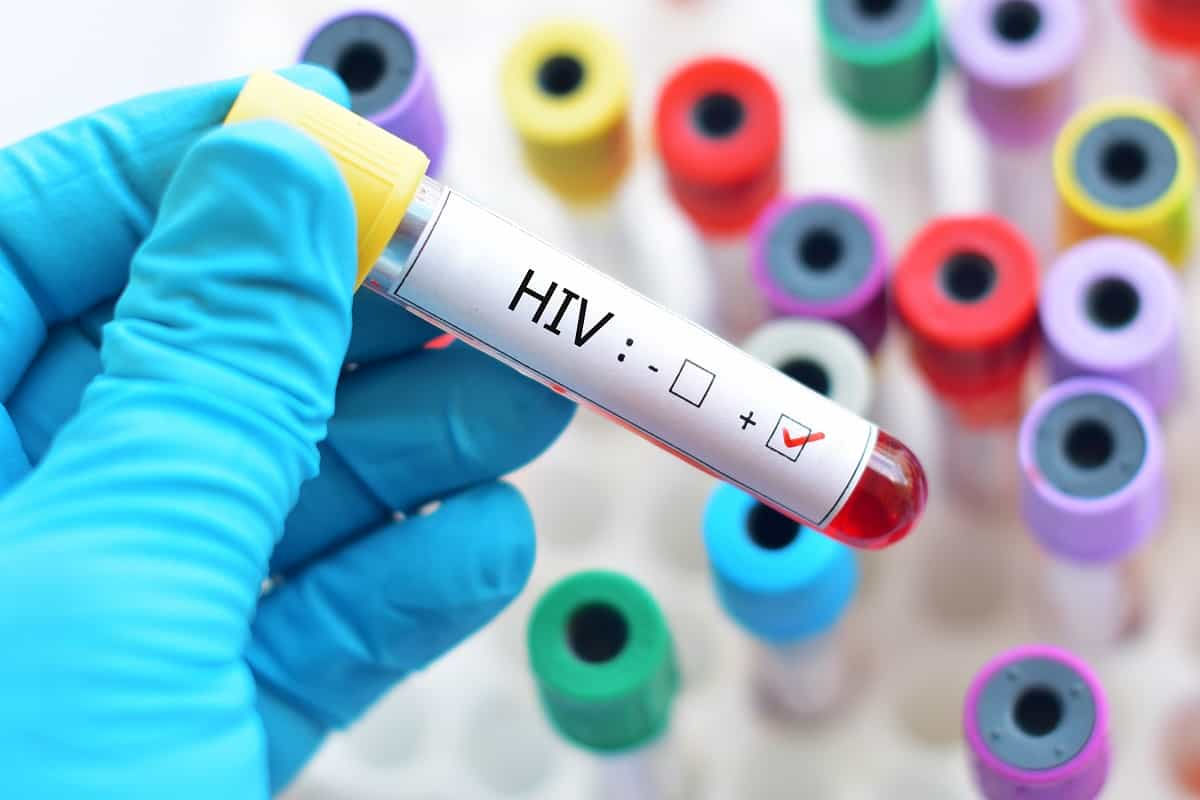The human immunodeficiency virus, commonly known as HIV, is a virus that affects the body’s immune system. Once infected, the virus causes a progressive deterioration of the immune system, making the body more susceptible to infection and disease. HIV is spread through contact with infected blood, body fluids and sexual organs.
Since its discovery in the 1980s, HIV has been the subject of intense scientific research and an extensive awareness campaign on the importance of preventing and treating the disease. Despite advances in HIV care in recent years, the disease remains a leading cause of morbidity and mortality worldwide.
HIV is an RNA virus belonging to the retrovirus family. Once the virus enters the body, it infects immune system cells called CD4s, which are responsible for coordinating the immune system’s response to pathogens. The virus uses CD4 as a “structure” to replicate and infect other cells of the immune system.
One of the biggest problems with HIV is its ability to replicate rapidly in the body without the immune system being able to stop it from spreading. In fact, the virus can replicate within cells of the immune system for years without causing symptoms. This allows the disease to go undetected for a long time, allowing HIV to cause irreversible damage to the immune system.
One of the main symptoms of HIV is the emergence of opportunistic infections. These are diseases caused by viruses, bacteria, or fungi and usually don’t cause problems for people with healthy immune systems. However, in people with HIV, these infections can be very serious and even fatal.
In recent years, science has made great strides in antiretroviral therapy (ART) used to treat HIV. ART is a combination of drugs that stops the virus from replicating and slows the progression of the disease . This therapy has allowed many patients to lead a normal life and keep the virus under control. Seventy-five percent of people who found themselves infected with HIV in the last year were men, and the percentage of men in particular is increasing: if in 2001 twice as many men were diagnosed as women, in 2011 there were been diagnosed three times as many.
The best choice for HIV treatment depends on the stage of a person’s disease. In the early stages of the disease, only one treatment may be needed to prevent opportunistic infections. Later, as the virus becomes more active, antiretroviral therapy may be needed to stop the virus from growing. Antiretroviral drug therapy is recommended for nearly all people with HIV because the infection can lead to serious complications if left untreated, and newer, less toxic drugs have been developed. For most people, early treatment leads to better results. Studies have shown that people are less likely to develop AIDS-related complications and die from these causes when they receive antiretroviral drug treatment in a timely manner.
HIV can be prevented through a number of measures to reduce the risk of contracting the virus. First, avoiding risky behaviors, such as having unprotected sex or sharing drug needles, is key to preventing HIV transmission . Additionally, biomedical prevention strategies such as pre-exposure prophylaxis (PrEP) and post-exposure prophylaxis (PEP) can further reduce the risk of contracting the virus. Although avoiding transmission is easy enough, the rate of new infections due to sexual intercourse continues to rise due to condom use: reports of infections from unprotected sex accounted for 78.8% of all reports, especially among heterosexuals (45.6%), Much Much more than the percentage (33.2%) generally considered the pre-eminent risk category, ie men who have relationships with other men, regardless of sexual orientation.
In conclusion, HIV remains a serious disease requiring adequate early diagnostic support, prompt treatment, and access to antiretroviral drugs. Prevention is equally important and must be a priority for all who want to avoid the spread of the virus. Investments in scientific research must continue to find new treatments and make HIV a curable disease.
You may also like
Combatting Hair Loss: Current treatments and promising studies
Hair loss affects millions globally, manifesting distinctively across genders. With varying incidences worldwide, understanding its causes is crucial. This article delves into symptoms, current treatments, and promising studies, shedding light on related skin and dental issues.
Acne: The disparities between teenage and adult acne
Acne, a common skin condition, affects millions globally, transcending age and geography. This article delves into the symptoms, the disparities between teenage and adult acne, and explores both traditional and revolutionary new treatments, including those still under trial. Additionally, it covers related dermatological issues like hair loss, atopic dermatitis, psoriasis, and dental care advancements.
Atopic Dermatitis: New treatments and research studies are transforming patient care worldwide.
A comprehensive exploration of atopic dermatitis, psoriasis, and related skin conditions including hair loss, acne, and dental care. New treatments and research studies are transforming patient care worldwide.
Dental Implants and Oral Hygiene: Methods and Treatments
This article delves into the world of dental implants and oral hygiene, exploring various methods and treatments available. It highlights the challenges associated with maintaining dental hygiene, the intricacies of implantology, and emerging research in the field. Additionally, it touches upon the innovative treatments for related concerns such as hair loss, atopic dermatitis, psoriasis, and acne.
